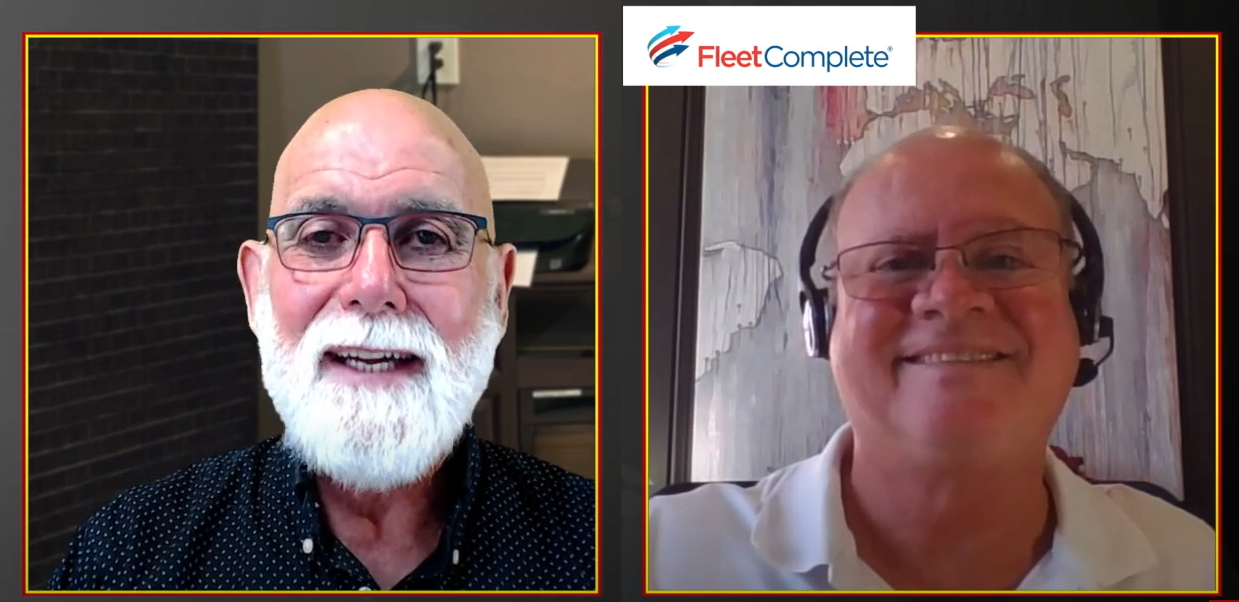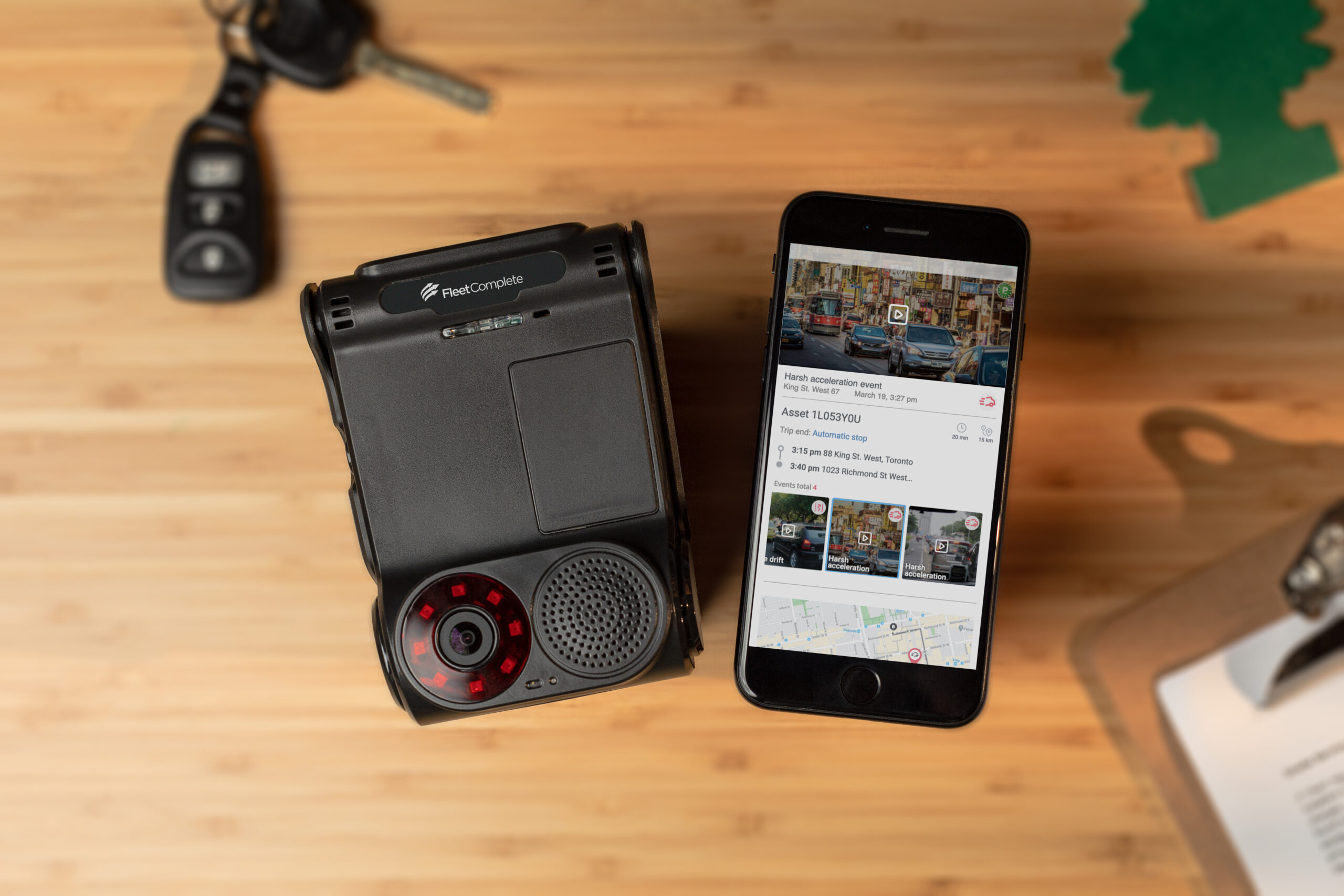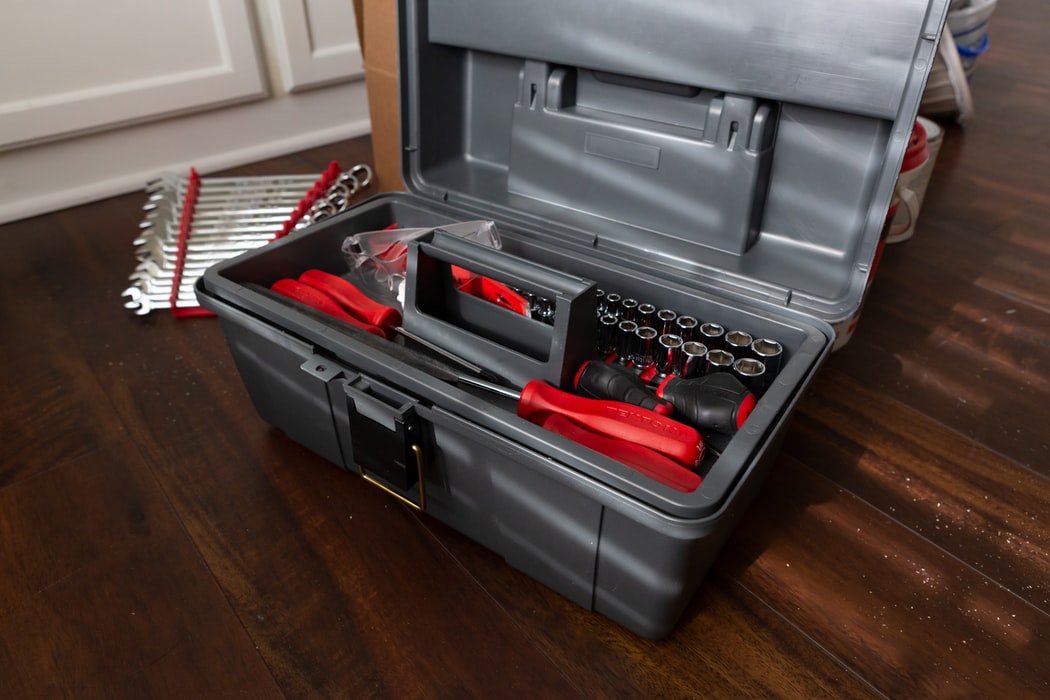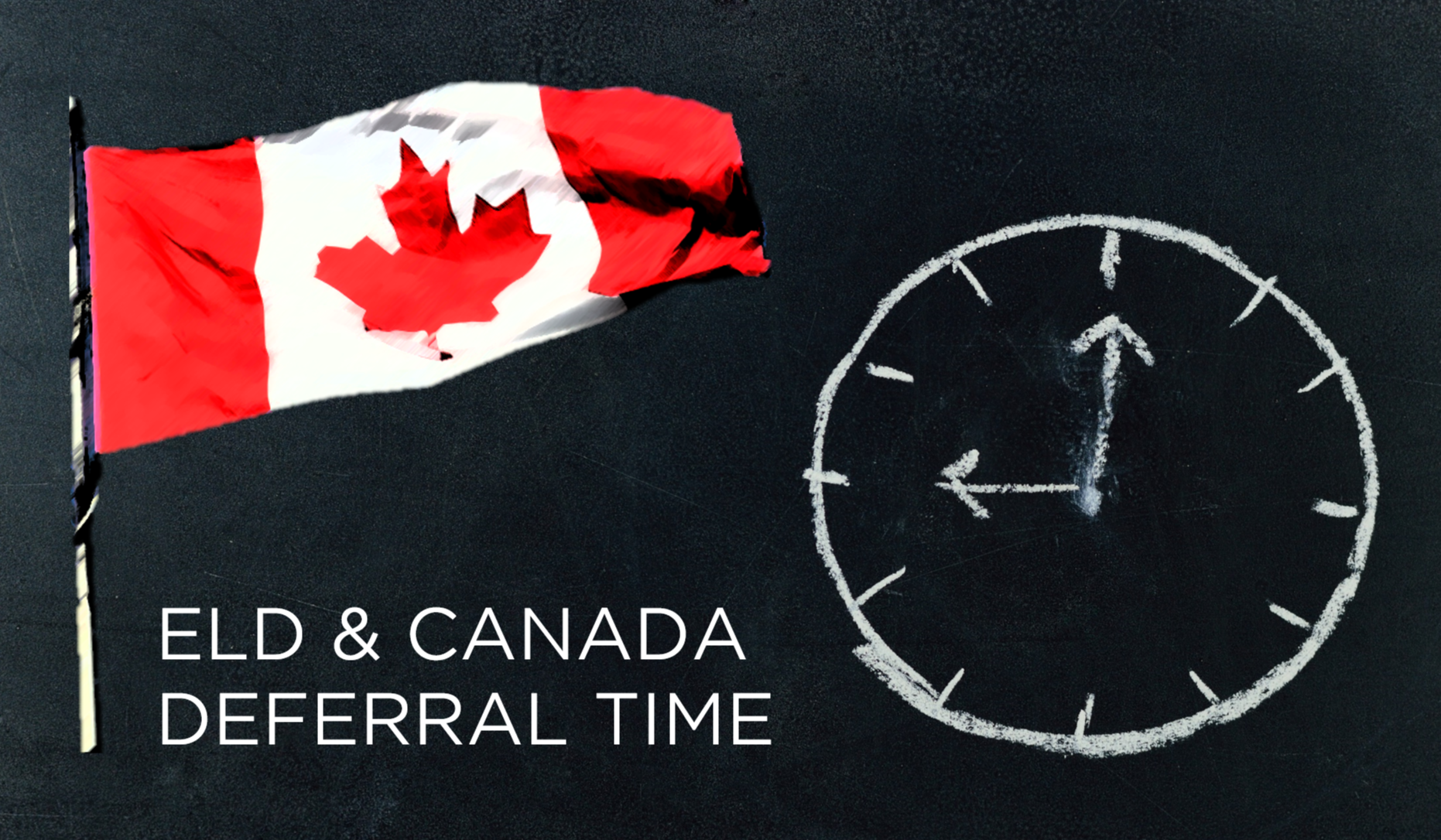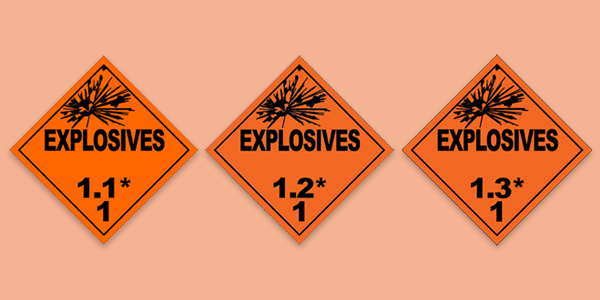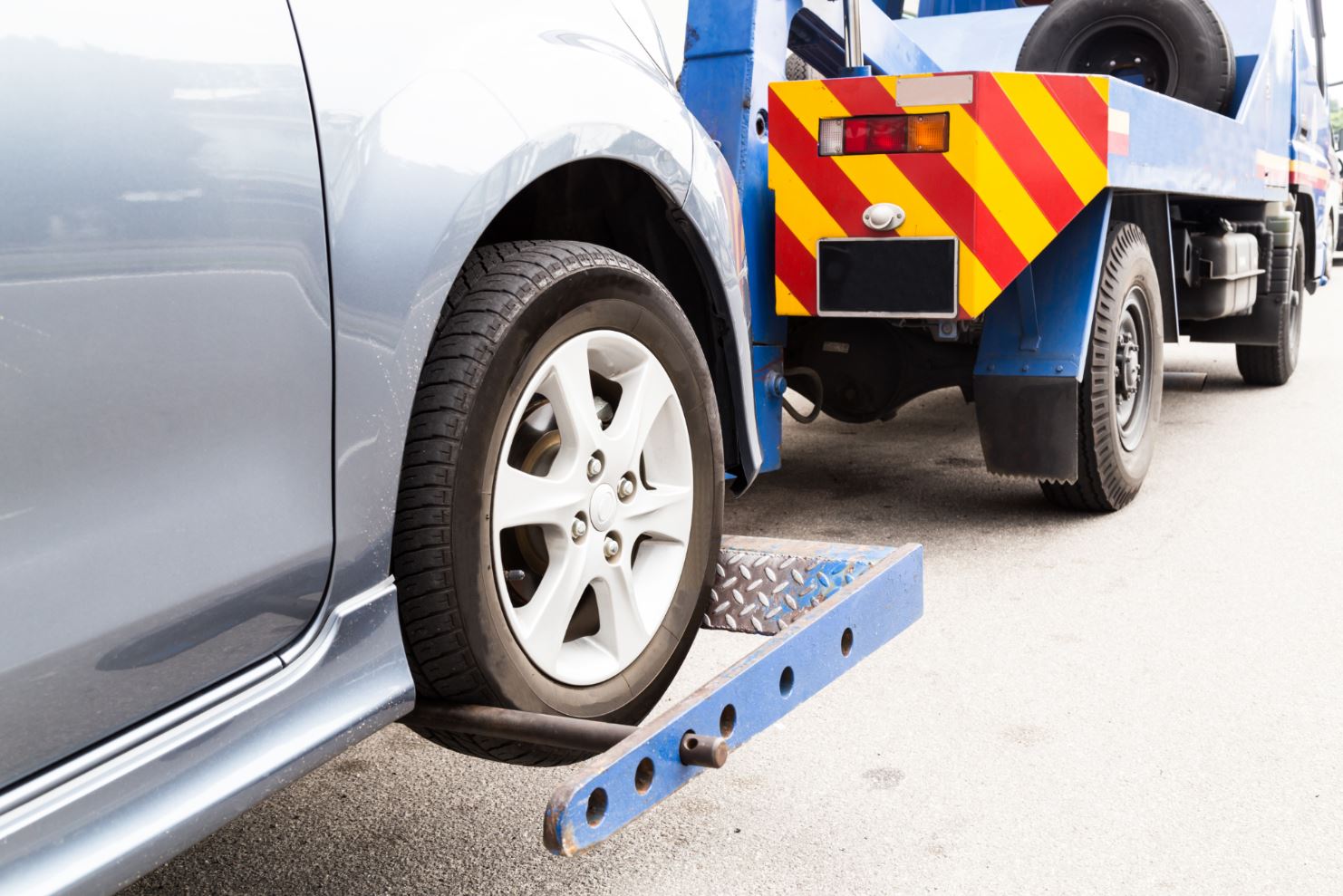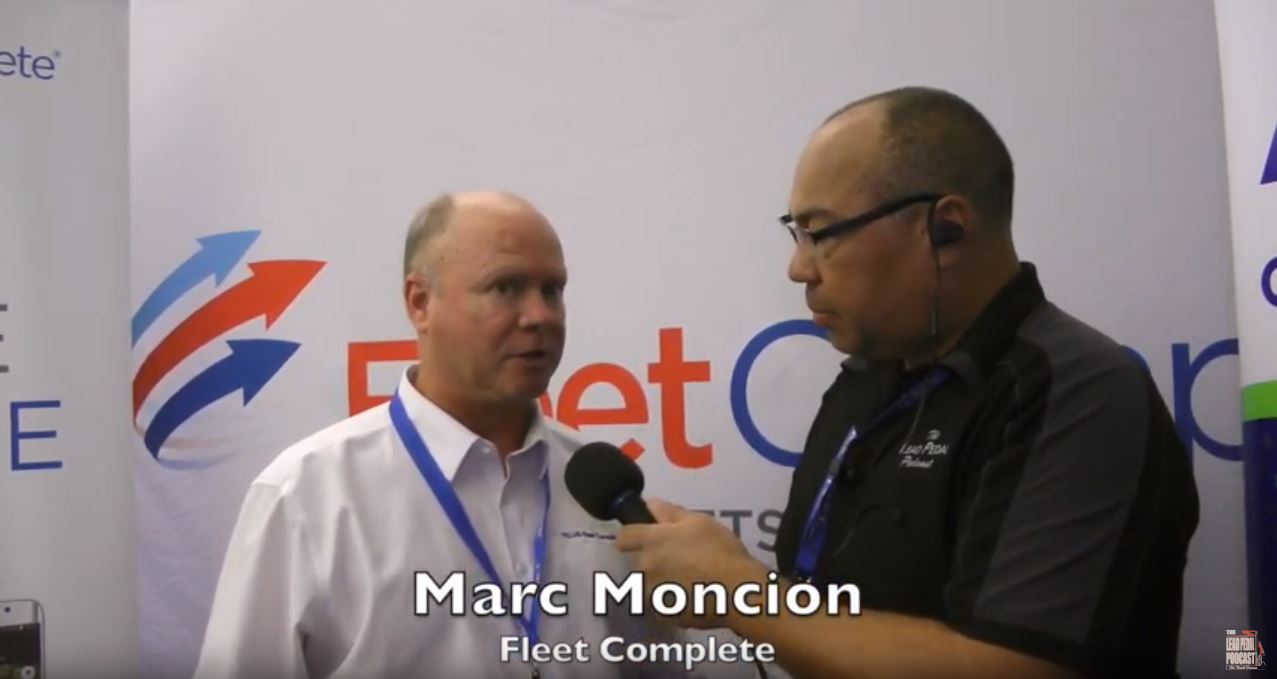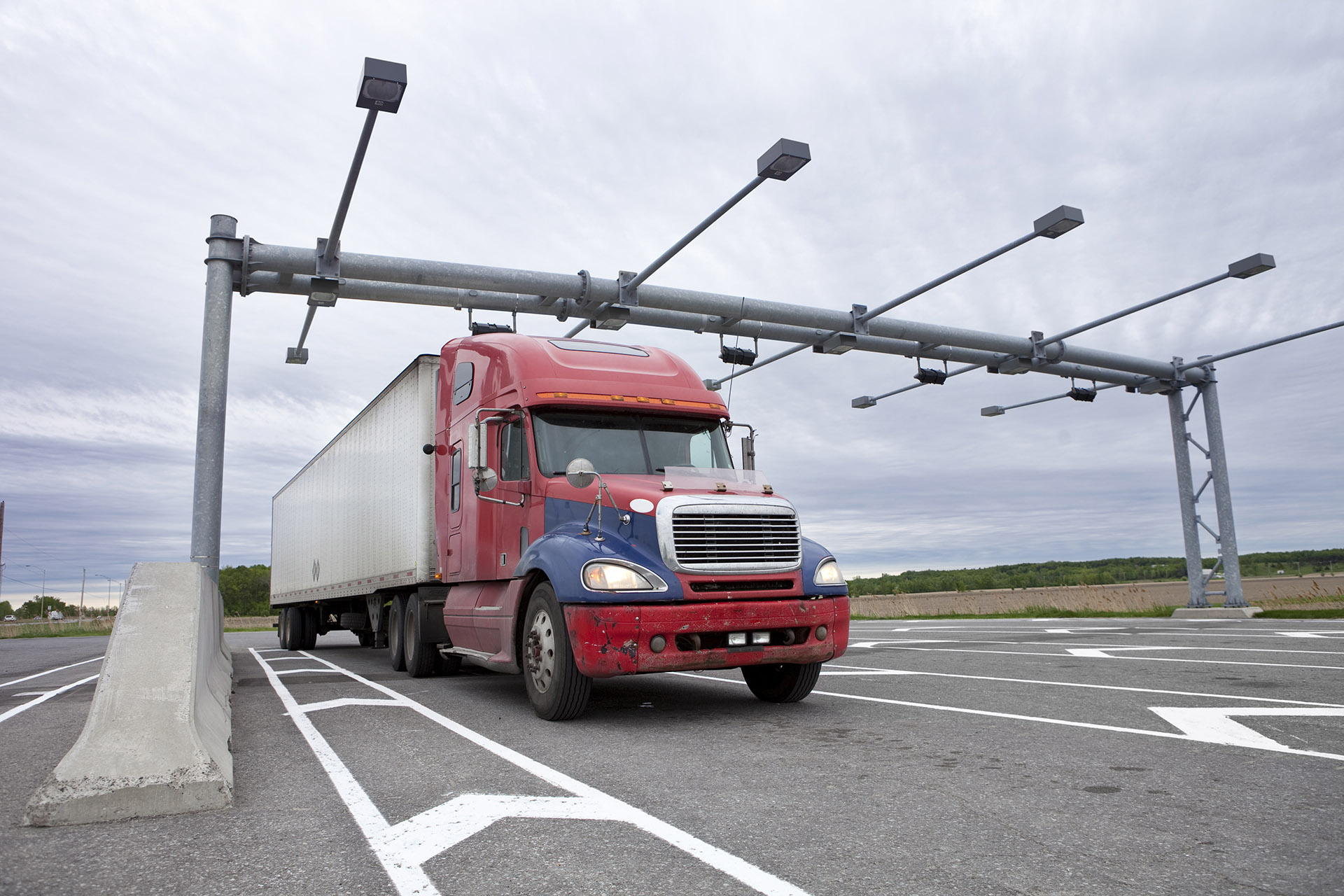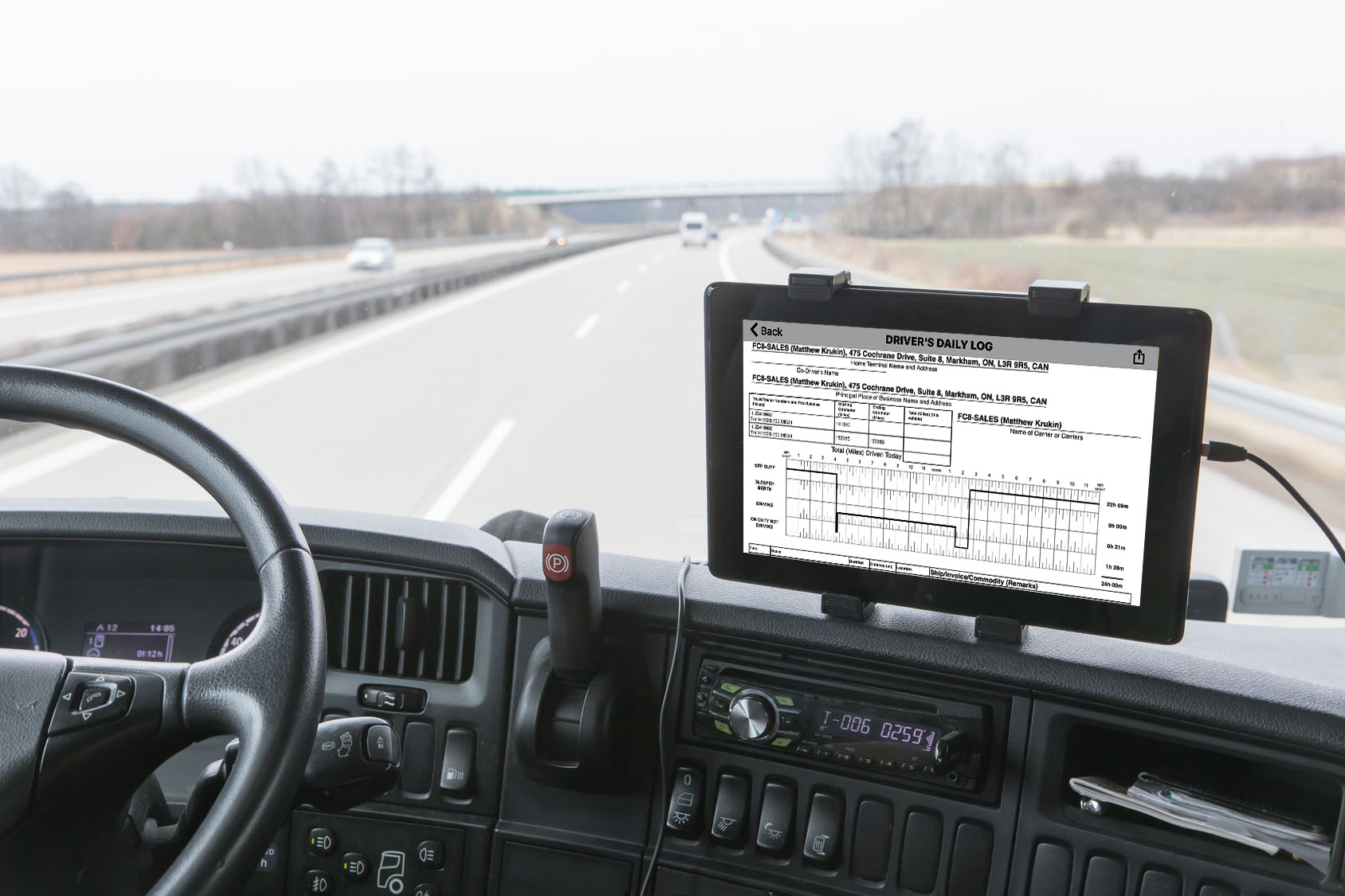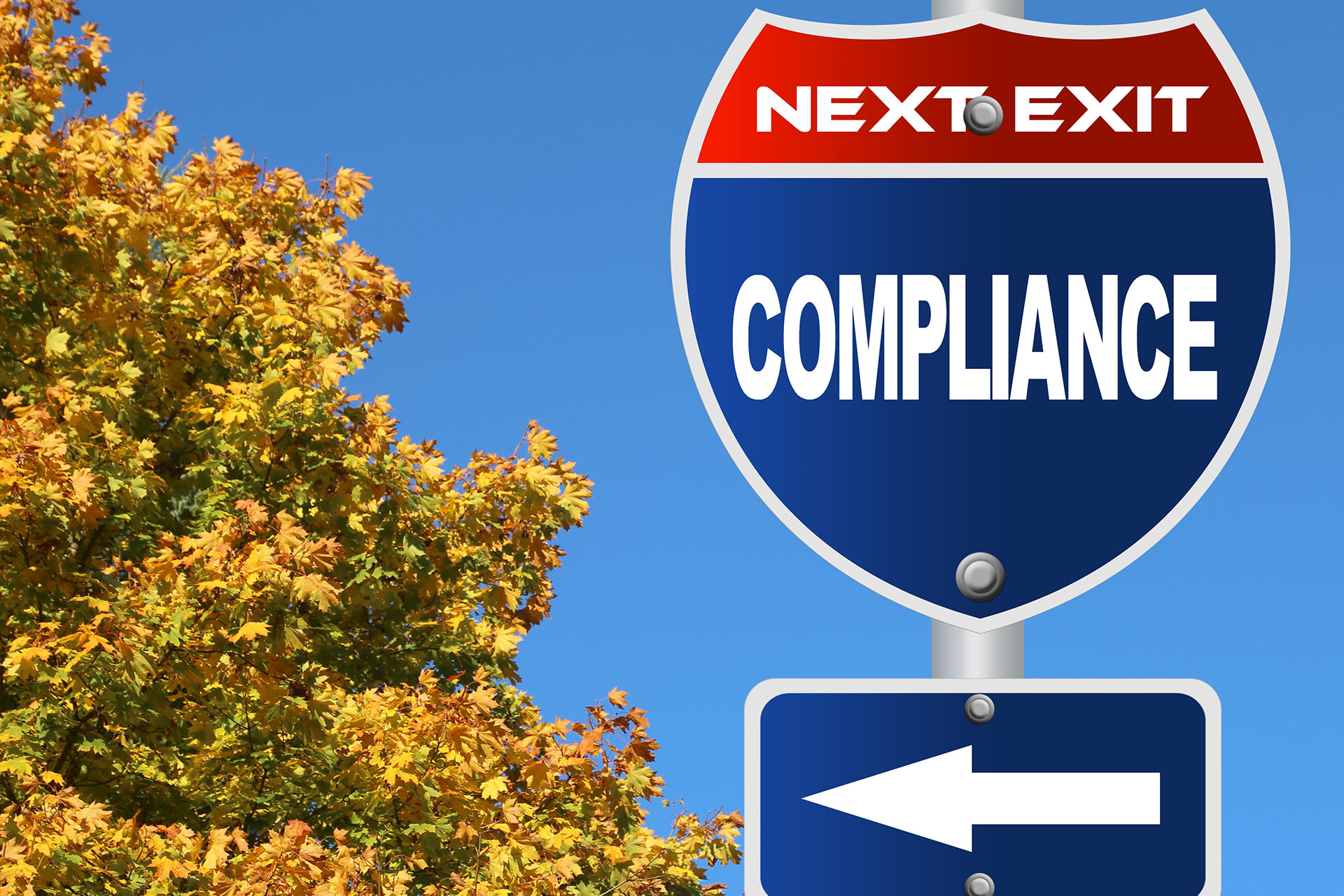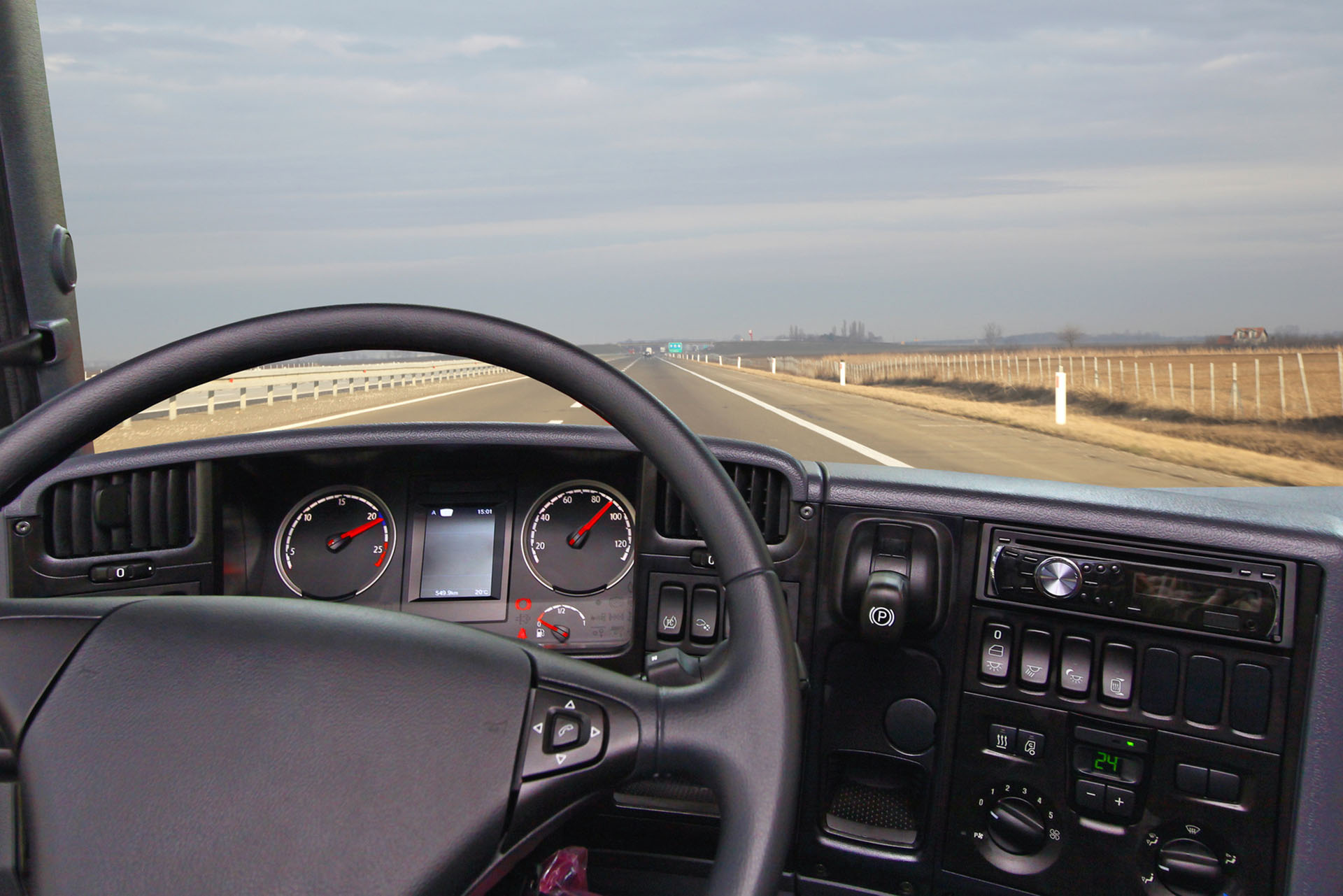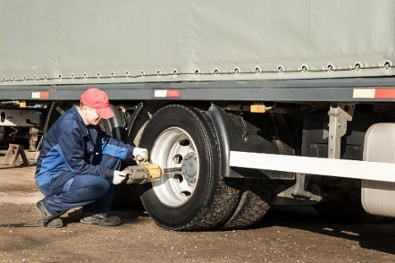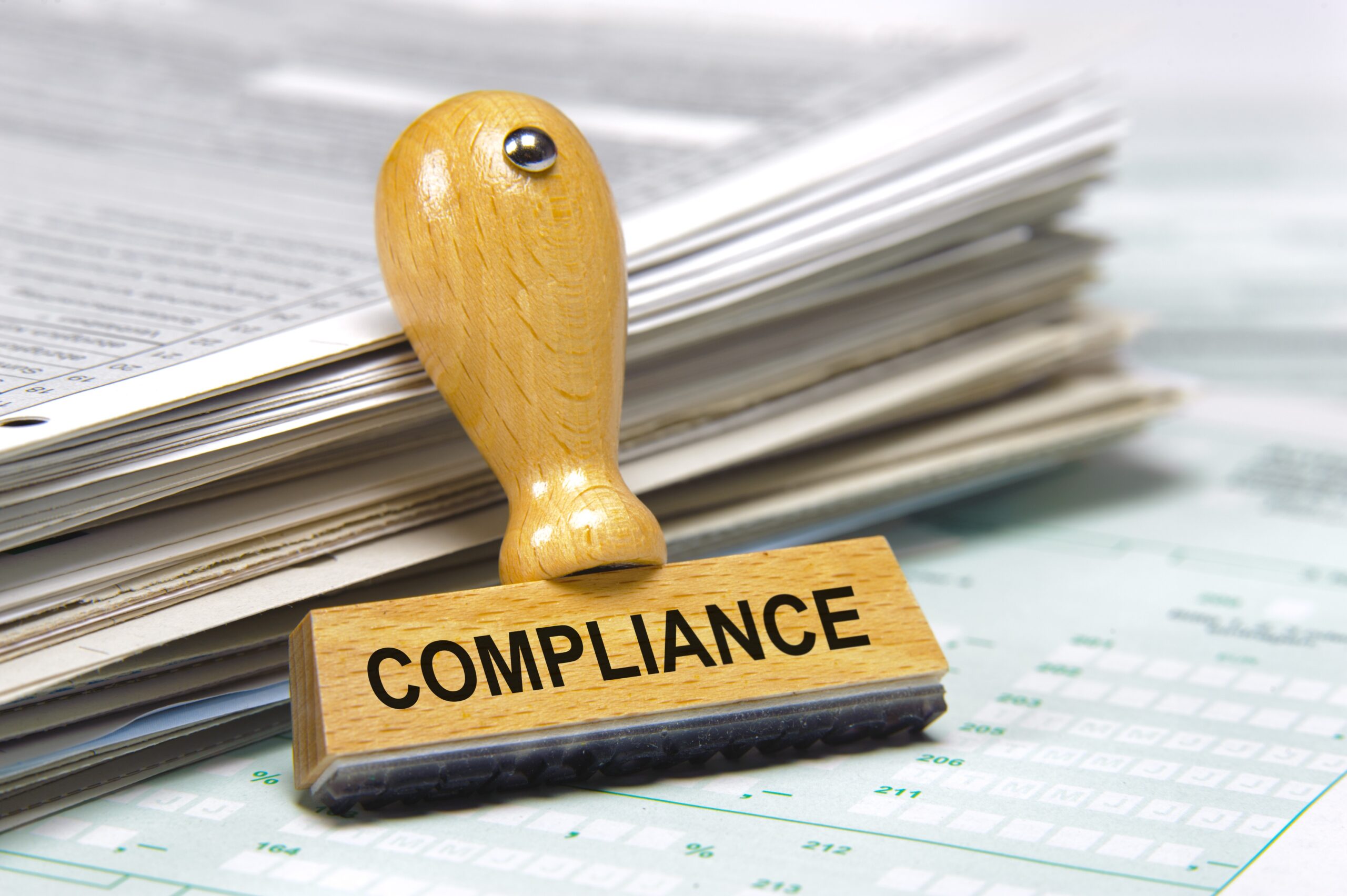Question from customer:
Our company has acquired a local business. What needs to happen to HOS records of the acquired business to avoid drivers and company to be negatively impacted by DOT inspectors and auditors?
See additional Q&As at the bottom of the blog.
Answer from Marc:
At the highest level, whenever there is an acquisition by a business entity of a motor carrier, there are a number of items which must be in place to ensure a driver at roadside is not negatively impacted if stopped by DOT.
This entails a significant amount of back end work to ensure that all of the required documents reflect the name of the business entity that will now be operating commercial motor vehicles, unless of course the original name of the motor carrier does not change as a result of the acquisition.
In no particular order:
- The motor carrier must get copies of driver’s credentials and have them reviewed to comply with their driver qualification file.
- A copy of the original employment application has to be received, and all driver background information must be obtained.
- All drivers must be briefed and trained on the rules and regulations surrounding CFR 49, including but not limited to, driver’s hours of service, vehicle inspection, repairs and maintenance etc…
- All drivers and back office personnel need to be trained and issued credentials with Fleet Complete in order to access the suite of solutions that are currently or will be in the future deployed by the motor carrier.
- If the motor carrier is domiciled in United States and is hauling Hazmat materials, all shipping papers labels markings and placarding must accurately reflect the name of the new motor carrier.
- The motor carrier must secure all of the required Hazmat permits in each state and federal jurisdiction.
- The motor carrier must update their certificate of liability insurance to ensure that it reflects the new motor carrier’s name if changing.
- If hauling in the United States, the motor carrier must update their Unified Carrier Registration (UCR) to reflect the new proper motor carrier’s name.
- The motor carrier must have in place a written Emergency Response and a Transportation Security Plan.
- The motor carrier must update all of their state and federal permits to accurately reflect the name of the new motor carrier.
- The motor carrier must update their International Fuel Tax Agreement (IFTA) documents including ensuring they have the appropriate IFTA decals for all their vehicles.
- In terms of hours of service the HOS solution must accurately lists the name of the carrier as well as the unique ELD identifier if the name of the motor carrier has changed.
- The ELD user account assigned by a motor carrier to support personnel requires the following data elements:
- The individual’s first and last name, as reflected on a government issued identification; and
- A unique ELD username selected by the motor carrier. For your convenience, I have also include a list of typical Q&A’s I used to get asked in my previous world.
Additional Q&As:
Question 1: When a motor carrier purchases another motor carrier, must the drivers of the acquired motor carrier be re-qualified by the purchasing motor carrier?
Answer: No.
Question 2: Is a driver training school required to keep a driver qualification file on each student?
Answer: Yes, if operating in interstate commerce.
Question 3: Before December 23, 1994, motor carriers were required to maintain documentary evidence that their drivers had completed the written examination specified by 49 CFR 391.35 (Reserved) (1994). The rule removing §391.35 (Reserved) became effective on that date (59 FR 60319, November 23, 1994). Are motor carriers required to maintain such documentary evidence for drivers employed prior to December 23, 1994?
Answer: No.
Question 4: If a motor carrier maintains complete driver qualification files, but cannot produce them at the time of the review or within two business days, is it in violation of §391.51?
Answer: Yes. Driver qualification files must be produced on demand. Producing driver qualification files after the completion of the review does not cure a record-keeping violation of §391.51.
Question 5: Must a driver/employee who was employed prior to the deletion of the section of the FMCSRs requiring certain documentary proof of written examination, and who does not have such proof in his driver qualification file, complete the exam?
Answer: No. The requirement of former 49 CFR 391.35(h) that a driver qualification file contains certain documents substantiating the driver examination may not be the basis of a citation after November 23, 1994, the date on which all requirements pertinent to a driver’s written test were rescinded (59 FR 60319).





